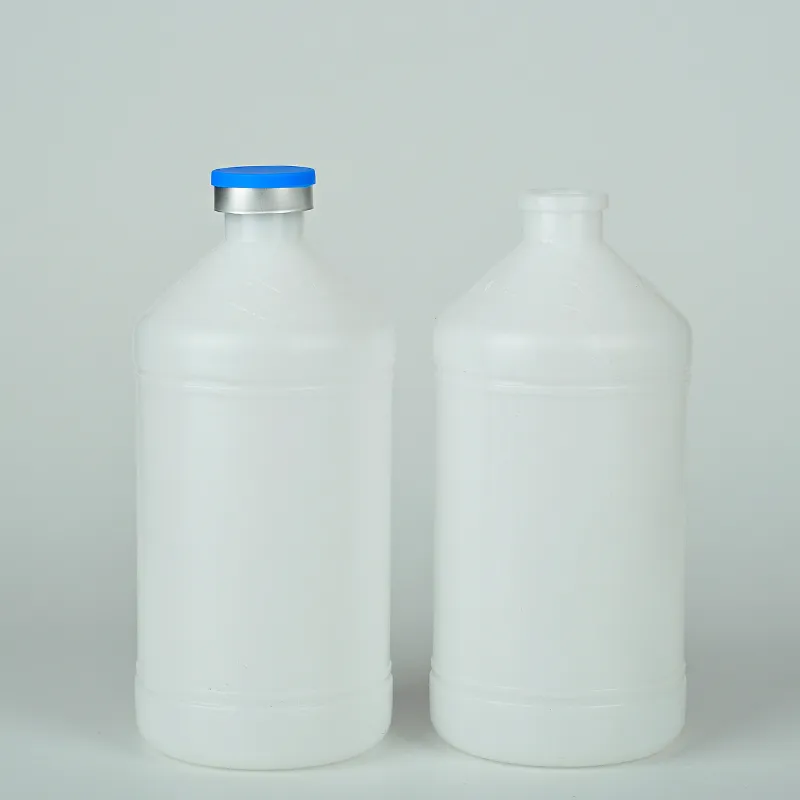amber reagent bottle uses
The Uses of Amber Reagent Bottles in Scientific Applications
Amber reagent bottles have become an essential component in laboratories around the world, particularly in fields such as chemistry, biology, and environmental science. These distinctive amber-colored containers are specifically designed for the storage and handling of light-sensitive chemicals, offering unique advantages over clear glass bottles.
One of the primary uses of amber reagent bottles is to protect sensitive substances from the harmful effects of ultraviolet (UV) light. Many reagents, especially organic compounds, can undergo photodegradation when exposed to sunlight or artificial UV sources. This degradation can alter the chemical structure of these compounds, leading to inaccurate experimental results or reduced efficacy in applications. By using amber bottles, researchers can significantly extend the shelf life of these reagents and maintain their chemical integrity, making them a critical choice for long-term storage.
The Uses of Amber Reagent Bottles in Scientific Applications
Another notable feature of amber reagent bottles is their ability to facilitate easy identification and accessibility of the stored materials. Many bottles come with labeling areas where researchers can write down important information, such as the name of the reagent, concentrations, and expiration dates. This helps to streamline laboratory workflows, allowing for efficient organization and quick retrieval of necessary chemicals during experimentations. Moreover, having reagents stored in amber bottles can reduce the potential for cross-contamination, as these containers are often specifically designated for individual substances.
amber reagent bottle uses

In analytical chemistry, amber reagent bottles are particularly beneficial for those working with photometric measurements or sensitive instrumental analyses. For instance, during spectrophotometric assays, any light exposure to reagents can lead to significant errors in detection. By utilizing amber bottles, researchers can ensure that their samples remain uncontaminated by light, resulting in more accurate and repeatable readings.
Environmental science applications also take advantage of amber reagent bottles. Many of the substances used in environmental testing, such as pesticides and pollutants, can be unstable when exposed to light. Amber containers help researchers accurately assess the presence of these chemicals in soil, water, and air samples, ultimately contributing to more reliable data for studies on environmental contamination and remediation.
Furthermore, the convenience of amber reagent bottles extends beyond laboratory use. Many industries, including pharmaceuticals and food production, utilize these containers for safe storage of their sensitive compounds. The protection they offer against UV light makes them an ideal choice for manufacturers looking to preserve the quality and safety of their products.
In conclusion, amber reagent bottles play a crucial role in the scientific community by providing protection against light degradation, ensuring chemical integrity, and promoting safe handling practices. Their durable construction, along with easy labeling and identification, make them indispensable tools for researchers across various disciplines. As advancements in scientific research continue to evolve, the demand for reliable and effective storage solutions, like amber reagent bottles, will remain vital in fostering accurate and successful outcomes in laboratory experiments.
-
Aesthetic Makeup Spray Bottles | Fine Mist Empty RefillableNewsAug.19,2025
-
White Plastic Veterinary Vaccine Vials | Lab Liquid BottlesNewsAug.18,2025
-
Plastic Medicine Liquid Bottle: Secure Flip Top Drug VialsNewsAug.17,2025
-
Durable 250ml Blue Plastic Vaccine Vial for Lab & Vet UseNewsAug.16,2025
-
Sterile Virus Sample Tubes: Secure & Reliable Specimen CollectionNewsAug.15,2025
-
White 250ml Plastic Vaccine Vial for Lab & Vet MedicineNewsAug.14,2025
























